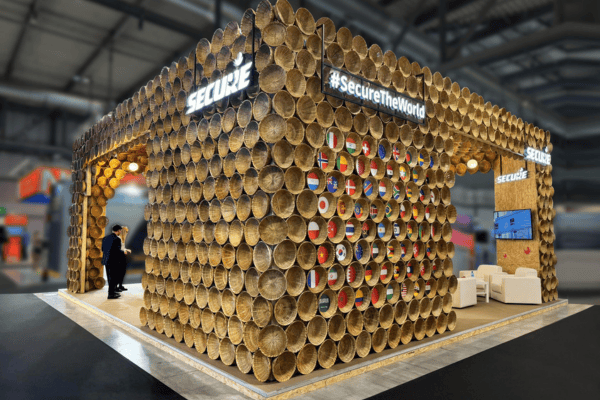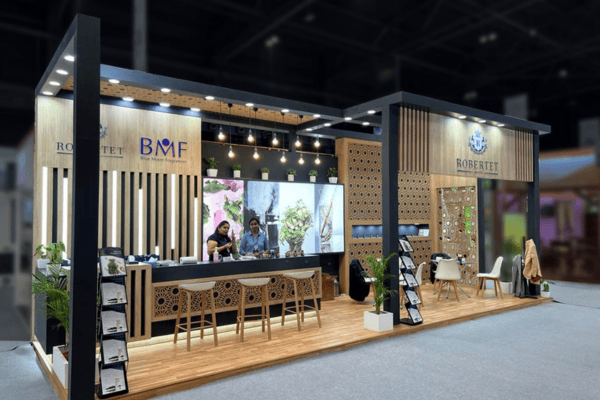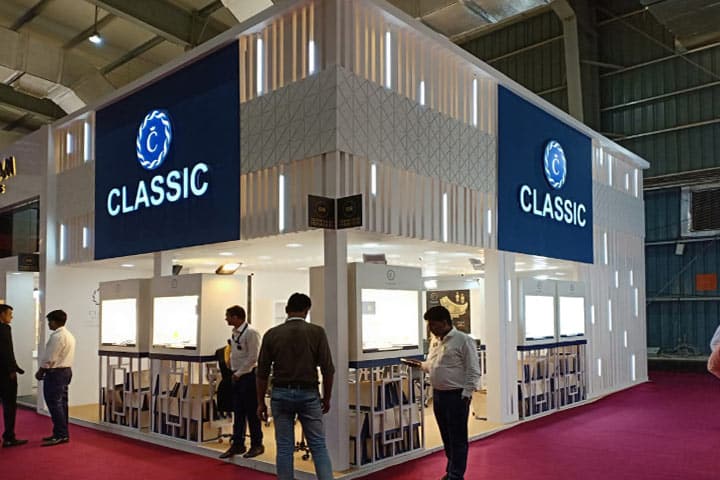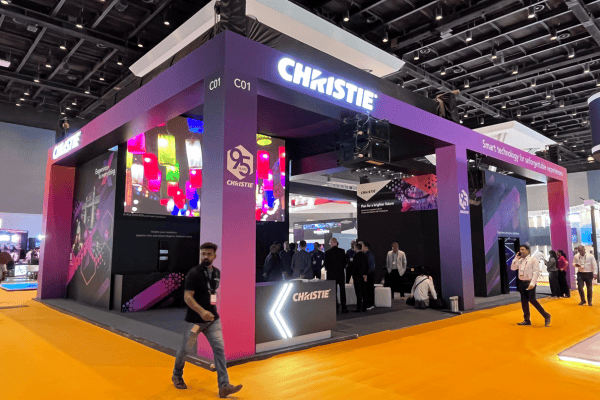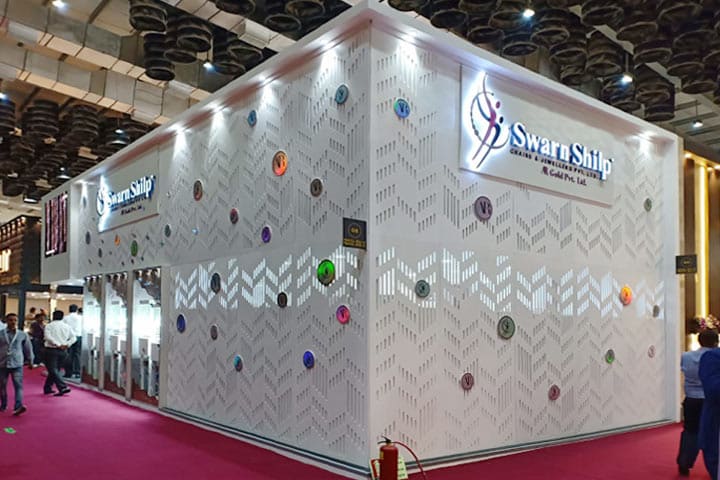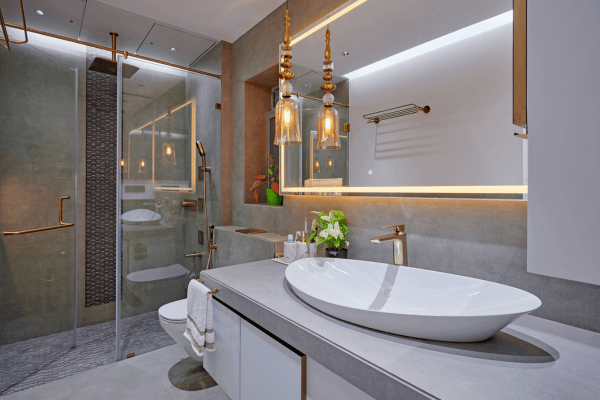Participating in a trade show or exhibition is a high-stakes investment for any brand. Months of preparation, detailed design work, and financial commitments all lead up to a few crucial days of showcasing your business.
But even with the best planning, things can — and often do — go wrong. From design changes to installation delays, unexpected issues can arise that derail your exhibition plans and hurt your brand’s image. At FirstRain Exhibits, we’ve seen how avoidable mistakes can escalate quickly — especially during the stall fabrication and installation phase. To help you plan better, here’s a guide to common pitfalls (and how to prevent them).
1. Last-Minute Changes to Stall Design
It’s natural for stall designs to go through multiple revisions. However, problems begin when brands approve late-stage design changes after fabrication has already started.
Once your stall components are fabricated, assembled, and pre-fitted at the workshop, any modification can:
- Disrupt the design-to-fabrication timeline.
- Result in half-finished or poorly aligned elements.
- Compromise structure stability or finishing quality.
Tip: Finalize the stall design at least 6–8 weeks before the event. Lock the layout and material palette early to ensure seamless pre-fabrication and delivery.
2. Installation Constraints at the Venue
Every venue has unique site conditions — from pillar placements and ceiling heights to HVAC ducts and electrical restrictions. Your stall designer must account for:
- Structural layout (inline, corner, island, or pavilion).
- Safe placement of lighting, AV equipment, and storage.
- Concealed wiring and power management.
- Venue-specific installation rules (fire safety, load limits, rigging permissions).
Tip: Always request a mock setup (pre-build) at the contractor’s facility before shipping the stall. It helps you catch potential alignment or fitment issues early.
3. Poor Time Management and Setup Delays
Exhibition schedules are tight — every hour lost to coordination issues or late deliveries can cost thousands. Starting installation directly on the show floor often leads to:
- Increased labor hours due to on-site adjustments.
- Cluttered, error-prone setups under time pressure.
- Additional cleaning and rework expenses.
Tip:
- Pre-fabricate 90% of your stall off-site in a controlled environment.
- Understand the installation and dismantling windows defined by each venue.
- For a 400 sq. ft. booth, estimate roughly 30 hours for setup and 20 hours for dismantling — adjust based on complexity.
4. Incorrect or Incomplete Form Submissions
Exhibitions involve numerous administrative steps — including electrical, safety, and utility forms that must be submitted in advance. A small error (like incorrect voltage or load values) can lead to major on-site delays.
Tip:
- Double-check all documentation with your stall fabricator.
- Ensure you have a complete BOQ (Bill of Quantities) and commercial agreement before starting production.
- Submit all organizer forms and service requests well before the deadline to avoid penalties or disqualifications.
5. Absence of a Dedicated Project Manager
A lack of on-site supervision is one of the biggest reasons exhibitions go off track. Without a project manager, coordination between vendors, electricians, and organizers often breaks down.
A professional project manager:
- Oversees installation and dismantling (I&D) on-site.
- Coordinates with the venue and event organizers.
- Handles last-minute approvals or technical issues.
- Manages crew schedules and safety compliance.
Tip: Always insist on having a dedicated project manager — not just a design lead — during your event setup.
6. Last-Minute Surprises on Event Day
You arrive at the venue expecting perfection — but find incomplete branding, missing props, or lighting glitches. Unfortunately, this is one of the most common issues. These surprises usually occur because:
- There was no transparent communication between the brand and the fabrication team.
- No regular progress updates or mock inspections were conducted.
Tip:
- Ask your design partner for weekly progress updates (photos/videos).
- Use project management tools (like Trello, Quire, or WhatsApp updates) to stay informed.
- Conduct a final quality check before dispatching materials to the venue.
7. Ignoring Local Regulations & Logistics
Exhibition rules differ by city and venue. For example:
- Some venues require fire-retardant certification for all materials.
- Others have height restrictions (especially for mezzanine or double-decker stalls).
- Loading, parking, and labor access may have fixed time slots.
Tip: Partner with a stall design agency that has on-ground experience across major Indian exhibition venues.
Stay Ahead with the Right Exhibition Stall Partner
Exhibition success is not about avoiding every problem — it’s about anticipating them before they happen. At FirstRain Exhibits, we bring over two decades of expertise in stall design, fabrication, and execution. Our team ensures:
- Pre-fabricated mock-ups before every event.
- On-site project management for smooth coordination.
- Local compliance knowledge across India’s top venues.
- Timely delivery and premium finishing that matches your brand standards.
Whether it’s a 100 sq. ft. modular booth or a 1,000 sq. ft. custom pavilion, we make sure your exhibition experience is stress-free and impactful.
About FirstRain Exhibits
FirstRain Exhibits is a premium exhibition stall design and fabrication agency offering turnkey solutions — from creative concept design to on-ground execution.
We operate across all major Indian cities, including:
- Mumbai, New Delhi, Greater Noida, Bangalore, Hyderabad, and Chennai.
Plan smarter. Build stronger. Exhibit with confidence.
